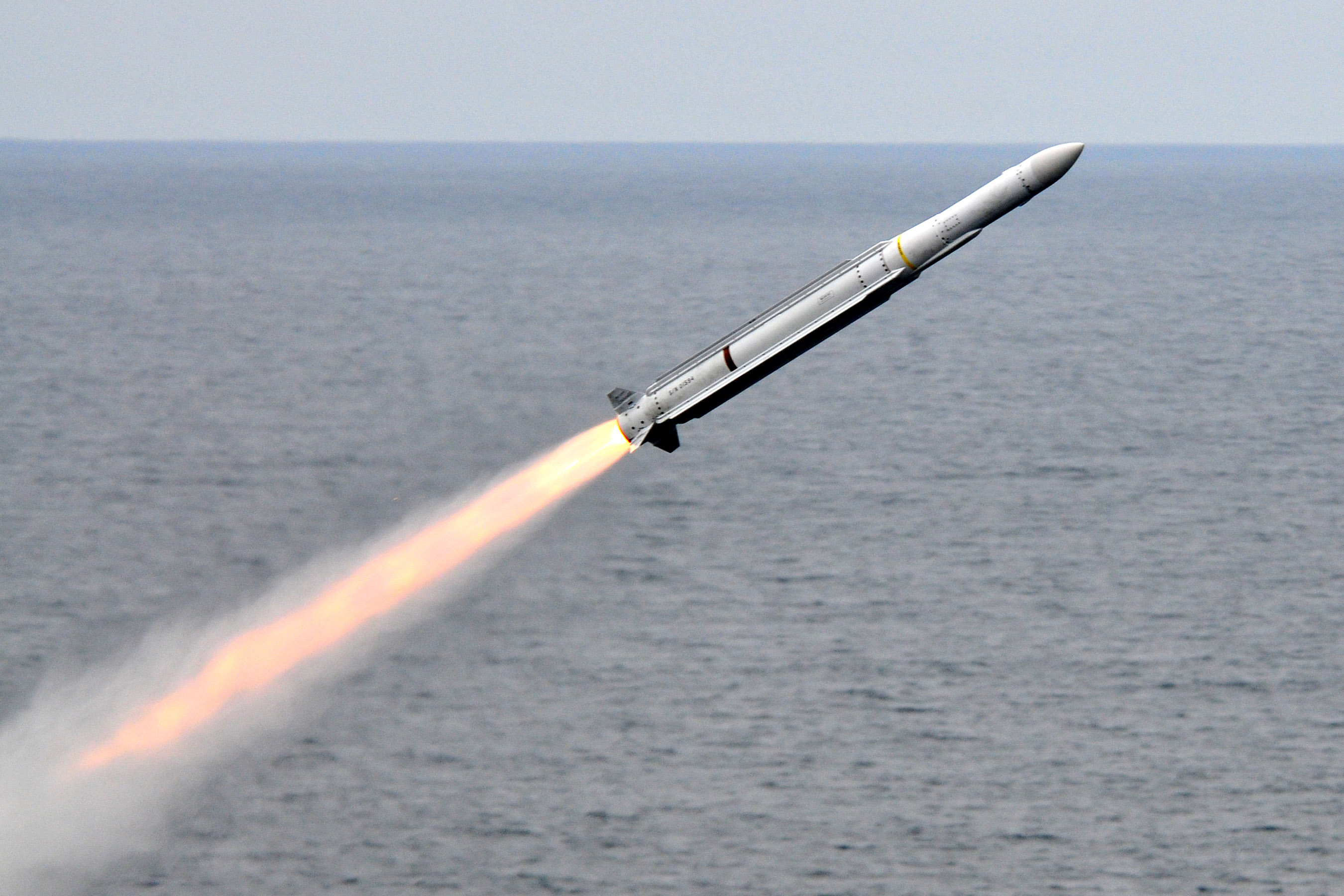
The Iran-backed Houthi rebels claim that they have a hypersonic missile to use against Israel, even successfully testing it.
Members of the Houthi movement – formally Ansar Allah (Supporters of God) – reportedly conducted the first successful tests of the hypersonic missile on March 14. Hypersonic missiles are called as such due to their ability to reach speeds of Mach 5 (about 3,700 to 3,800 miles per hour) or higher. According to the Houthis, this cutting-edge could easily cross the Israeli border and deal damage to the Jewish state.
The Yemeni group backed by Iran claimed that its new missile could travel at eight times the speed of sound. "Missile forces of the [Houthi] movement have successfully tested a missile that can reach speeds of up to Mach 8 (6,200 mph) and is powered by solid fuel," a spokesperson told Sputnik News. Russia's state-run RIA Novosti news agency also initially reported on this claim.
The spokesperson also mentioned that Yemen plans to mass-produce this missile for deployment not just against potential targets in Israel. It will also be used for attacks within the Red Sea, Arabian Sea and the Gulf of Aden, they added. (Related: British merchant ship abandoned in Red Sea following Houthi missile strike.)
At such remarkable velocities, intercepting inbound missiles becomes significantly more challenging for conventional anti-air systems. Speculation from the Associated Press suggests that the inclusion of hypersonic missiles in the Houthis' arsenal fulfills the "surprise" alluded to by a spokesperson last month.
If the Houthis' claims of having a hypersonic missile are proven true, it is highly likely that Iran provided them with such a weapon. Last year, the Islamic Revolutionary Guard Corps (IRGC) believed to be operating in Yemen unveiled its own hypersonic medium-range ballistic missile called the Fattah II. But the U.S. Department of Defense rebuffed the claims, saying that reports of the Houthis having hypersonic missiles "are inaccurate."
Hypersonic missiles part of Houthis' "surprise" weapons against the West
For weeks, the Houthis have hinted at "surprises" they plan to deploy in maritime battles to counter the U.S. and its allies. These adversaries have successfully intercepted any missile or bomb-carrying drone approaching their warships in Middle Eastern waters.
Abdul Malik al-Houthi, the group's secretive leader, meanwhile announced on Thursday that the rebels would target ships heading towards the Cape of Good Hope in Africa's southern tip. This marks a departure from their previous focus on ships heading into the Red Sea towards the Suez Canal. However, the specifics of how they plan to carry out such assaults remain unclear.
Meanwhile, Iran and the U.S. reportedly engaged in indirect talks in Oman, marking the first such dialogue in months amid escalating tensions over Tehran's nuclear program and attacks by its proxies.
As the main benefactor of the Houthis, Iran claims to possess hypersonic missile technology and has provided the rebels with the missiles they currently utilize. Equipping the Houthis with hypersonic missiles could pose a significant challenge to the air defense systems employed by the U.S. and its allies, including Israel.
The Houthis have pledged to expand the scope and effectiveness of their operations to unforeseen areas and locations. While the Houthis lack a navy and weapons capable of reaching the far reaches of the Indian Ocean, Iran has been suspected of targeting vessels linked to Israel in that region before. The Houthis have previously claimed responsibility for attacks attributed to Iran, such as the 2019 strike on Saudi Arabia's oil production facilities.
Since seizing Yemen’s capital, Sanaa, in 2014, the Houthis have acquired weaponry from government arsenals, including Soviet-era Scud missiles. Despite Yemen's lacking indigenous missile manufacturing capabilities, newer missiles have found their way into rebel hands, particularly as the Saudi-led coalition intervened in the conflict in 2015.
Watch this video about Houthis successfully testing their hypersonic missiles.
This video is from the High Hopes channel on Brighteon.com.
More related stories:
$32M U.S. reaper drone SHOT DOWN near Yemen; U.K. tanker destroyed on the SAME DAY
U.S. destroyer intercepts drone, missile attacks launched by Houthi rebels toward Israel
Sources include:
Please contact us for more information.















